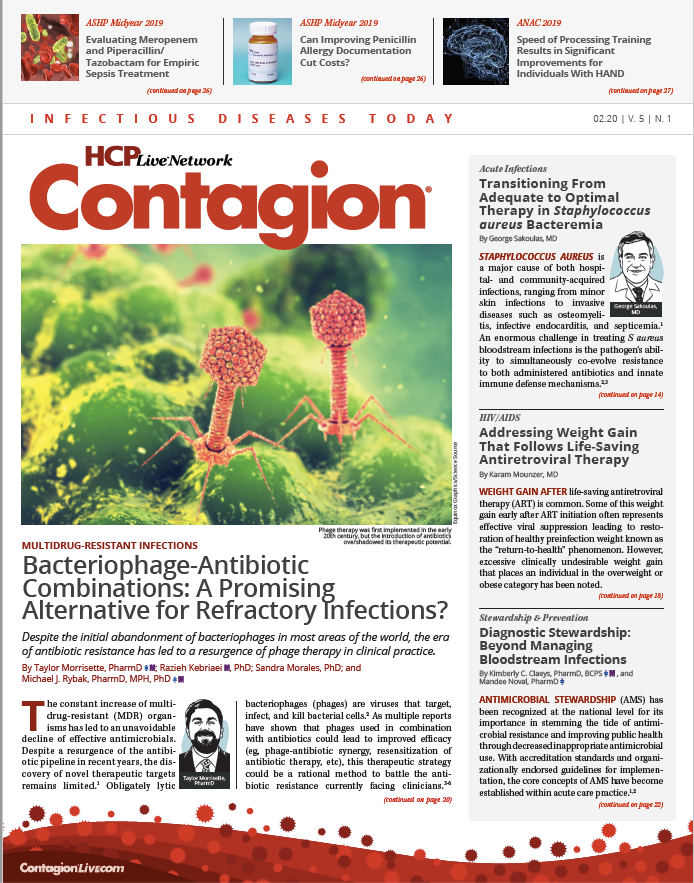CDC Details First Shewanella haliotis Case in the Americas
CDC has detailed the first reported case of Shewanella haliotis in the region of the Americas, describing a 2018 case in Flushing, New York.
Shewanella haliotis is an emerging human pathogen that was first isolated from the gut microflora of abalone in 2007. Previous cases of human infection have been concentrated in Asia, particularly China, South Korea, Japan, and Thailand.
Now, the US Centers for Disease Control and Prevention (CDC) is detailing the first reported case of Shewanella haliotis in the region of the Americas, describing a 2018 case in Flushing, New York. Details appeared in the December 20 CDC’s Morbidity and Mortality Weekly Report (MMWR).
On December 18, 2018, an 87-year-old man reporting abdominal pain was seen in a hospital emergency department. A computed tomography scan showed acute appendicitis with abscesses measuring < 3 cm, and the patient was admitted to the hospital.
Upon admission, a percutaneous drain was placed, and 5 ml of what the MMWR describes as an “opaque, jelly-like substance” was removed. The substance was aspirated and sent for culture and antimicrobial sensitivity testing.
A gram stain of the isolate showed gram-negative rods. The culture contained monomicrobial 1-2 mm yellow-brown mucoid colonies. When sequencing of the isolate’s 16S ribosomal RNA was evaluated using the GenBank database, results showed a >99.8% homology with Shewanella haliotis strain DW01.
Antimicrobial sensitivity testing showed susceptibility to fluroquinolones, aminoglycosides, some penicillins, and broad-spectrum cephalosporins. Phylogenetic analysis confirmed S haliotis strain DW01 as the most recent ancestor of the culture.
The patient was treated with intravenous piperacillin-tazobactam during his hospital stay. He was subsequently sent home with a prescription for oral amoxicillin-clavulanic acid. At a 13-day follow-up visit, the patient was recovering well.
Up to 40%-50% of Shewanella cases lack identification of a clear risk factor or potential vector. Although infection following consumption of seafood is rare, consumption of raw seafood may be a vector.
The patient in this case had reported consuming raw salmon within 10 days of becoming ill. The typical onset of symptoms occurs from 3 to 49 days, making the onset consistent with the literature on Shewanella.
Other microorganisms were not isolated from the patient. In the Martinique case series of Shewanella infections, 50% were monomicrobial.
This is not only the first documented case in the Americas, but also the first documented case of a S haliotis appendix infection.
“This case highlights the importance of preventing seafood-associated infections and the need to consider rare human pathogens in elderly or immunocompromised, marine-exposed populations, as well as persons who might consume at-risk food that might have been imported from outside the United States and persons who might have been infected outside the United States when traveling,” CDC authors wrote.

